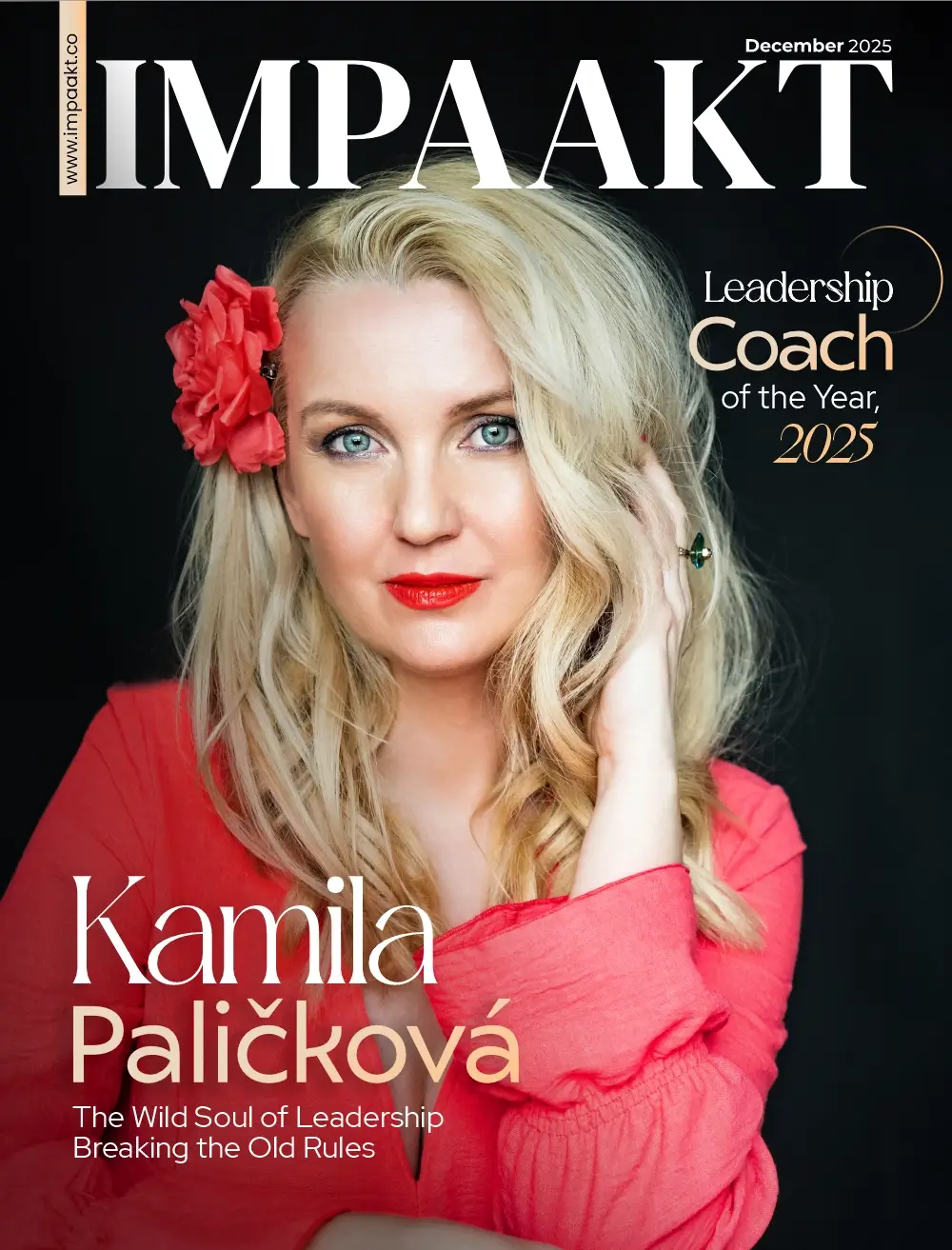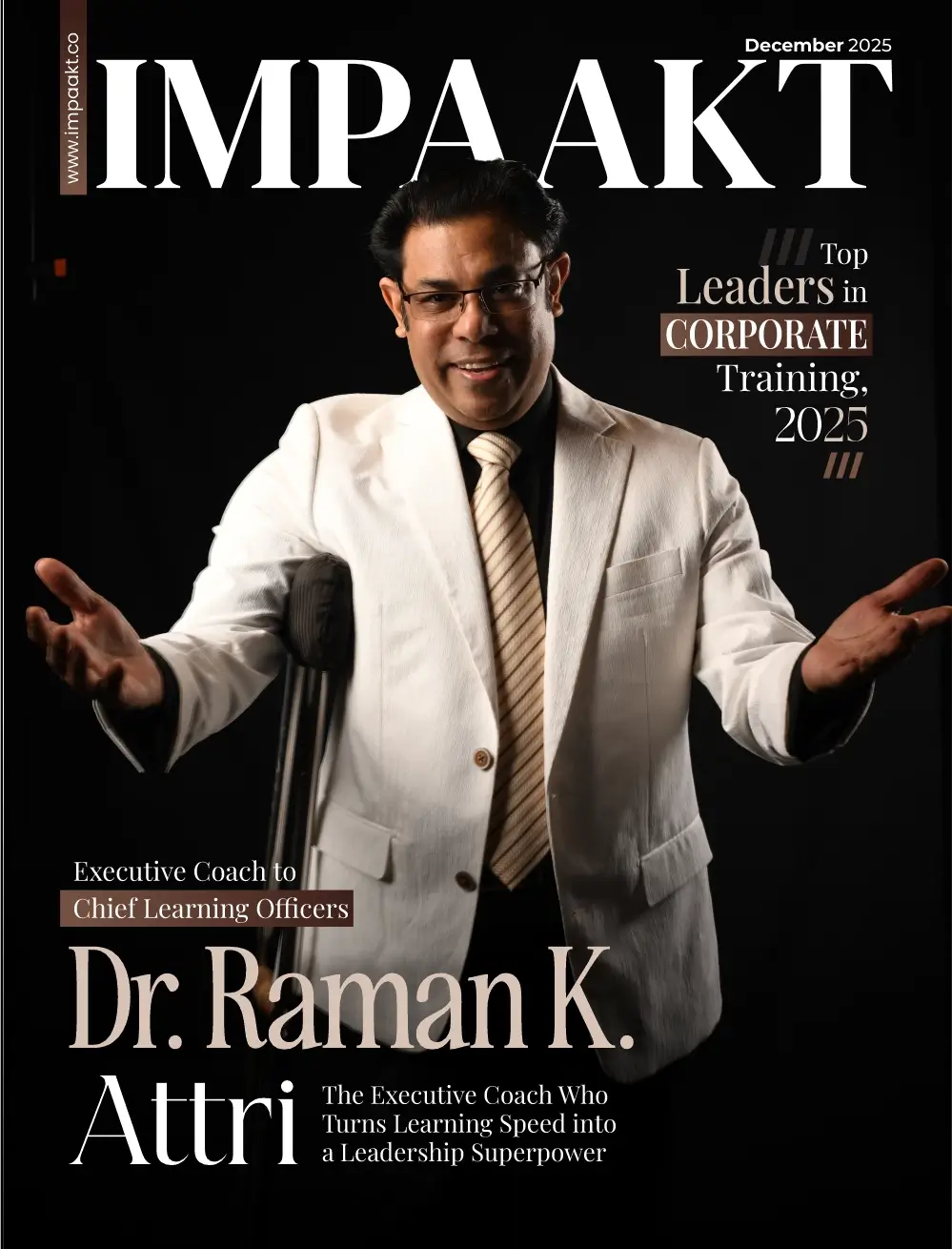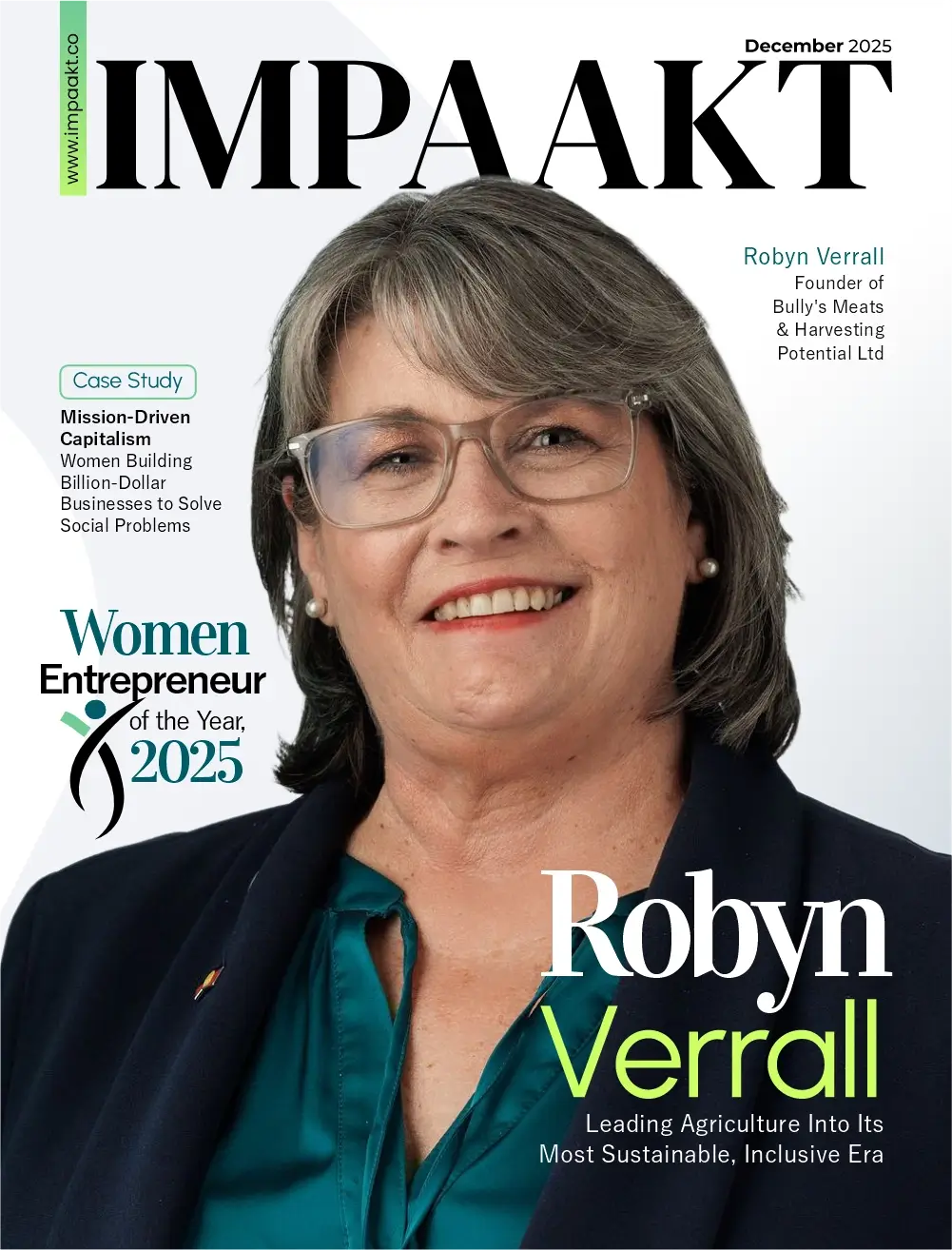From space-age-inspired design in the 1950s and 60s to AI-led design in contemporary times, creativity has always intersected with the desire to build a better world. In such a tossing and turning age of innovation, innovators have always sought to use their creativity to solve problems and improve people’s lives.
One such innovator is Robert Kozma.
An embodiment of visionary thinking and impactful action, Kozma has not only etched his name in the annals of success but has also left an indelible mark on the principles that guide transformative design.
Kozma, a dedicated social scientist, has devoted his life to the pursuit of a harmonious coexistence between innovation and ethics, reminding us that success is not merely defined by personal accomplishments, but by the impact one leaves on the lives they touch and the world they shape.
Let us delve into the remarkable chapters of Robert Kozma’s life – a life intricately woven with the threads of empathy, ingenuity, and the unwavering commitment to make the world a better place.
Pivotal Moments of Childhood
In the tapestry of Kozma’s upbringing, his father emerged as a cornerstone, a resilient figure who had traversed the tumultuous landscapes of World War II in the Pacific. In those formative years, the narrative of ambition and education was interwoven into their daily lives. His father’s unspoken aspiration was for him to exceed the limits he encountered was palpable, an unspoken pact that urged Kozma to grasp the opportunities his father didn’t have.
While Kozma’s mother’s role as a nurturing homemaker might have been less conspicuous, her influence was no less profound. Raising five boisterous boys, of whom he was the eldest, she sowed the seeds of responsibility, compassion, and the importance of unity.
Back then in the 1950s and 60s, two distinct pillars dominated Kozma’s interests: automobiles and the sprawling expanse of the space program. It was amidst these influences that he discovered a canvas for curiosity, painting a future where technology could be harnessed to sculpt a superior existence. Kozma states, “Early on, I was caught up in the enthusiasm for emerging technologies and the prospect that they would create a better future.”
Kozma’s hands, ever eager, found solace in automotive design. He asserts, “I played with automotive design, making clay models of sports car bodies, much as designers did at the time. In high school, I won first place in an aeronautical engineering competition at the University of Detroit with the design of a lunar space suit.”
Little did he know that these humble beginnings would bloom into a life dedicated to propelling the principles of design that now stand as guiding stars in his story.
Shifting Landscape
As Kozma stood on the precipice of his academic journey, the laurels of victory in the aeronautical engineering competition seemed to guide his path. He enrolled in the esteemed Aeronautical Engineering program at the University of Michigan, but the course of his destiny had taken an unexpected turn.
The dreams of building airborne marvels began to lose its luster, and a quiet whisper of change beckoned him towards an unexplored horizon. In the backdrop of the Vietnam War, the world itself seemed to metamorphose, inviting Kozma to dive into the currents of politics and a degree program in political science. “Upon graduating with that degree and with my father’s counsel to make the world a better place, I applied to a special program in Detroit that took BA generalists and turned them into teachers with a master’s degree.”
This particular step helped Kozma shape the rest of his career!
Harmonizing Education and Design
In 1970, as an elementary math teacher in a Detroit public school, Kozma found himself immersed in an experimental program that championed the advancement of underprivileged, primarily Black students. The program’s call for innovation resonated deeply with his passion for design. Kozma states, “I designed a system for my class that required each student to master the math skills identified in the curriculum.” Crafting a dynamic learning system within his classroom, Kozma joined an emerging new era of individualized education.
A Confluence of Technology and Pedagogy
Simultaneously, the pursuit of knowledge continued to beckon, leading Kozma down the path of a PhD in education. His passion for technology intertwined with academic pursuits, and Kozma found himself specializing in instructional technology. The dichotomy of human learning and technological prowess became his canvas, as Kozma explored the interplay between the two realms. In 1972, with a doctoral degree in hand, the doors of opportunity swung open wider than ever before.
Weaving Research and Instruction into a Unified Fabric
Appointed as an assistant research scientist at the Center for Research on Learning and Teaching at the University of Michigan, Kozma’s journey had come full circle. His alma mater embraced him once again. Collaborating with a chemistry professor, Kozma’s efforts converged on understanding how students engage with the complex world of chemistry. The lines between researcher and educator blurred, as they designed advanced multimedia software that illuminated the pathways of learning. As a professor at the University, he taught graduate courses in software design, instructional design, and instructional psychology.
In 1994, SRI, an R&D institute in Silicon Valley, appointed Kozma to head up a new research center they started called the Center for Technology in Learning (CTL). While at CTL, Kozma deepened his research and development in the areas of chemistry software, doing research on the learning of chemistry and designing advanced multimedia chemistry systems for students while also publishing extensively in academic journals.
“I also expanded my research into other areas, directing a project on the international digital divide and another that involved researchers from 23 countries on how nations around the world were using technology to improve their education systems,” added Kozma.
Ventures into International Consulting
As the calendar flipped to 2002, a new chapter beckoned, marked by the decision to step away from the familiar corridors of SRI. His foray into international consulting was a testament to the bridges he had built during the global research endeavors. A landscape unfurled before him, one where countries, multinational organizations, and cutting-edge corporations were investing colossal resources in educational technology.
“I consulted in many countries, including Singapore, India, Chile, Egypt, Norway and Italy. I also worked with UNESCO on developing policy advice to client countries. And high-tech companies hired me to advise ministries of education on technology policy,” added Kozma.
Embracing the Call of the Underserved
The digital tide that was reshaping educational landscapes seemed to be lapping unevenly across the shores of the world. It was 2005 when the pull of purpose took Kozma to Kenya, to a rural village that would become a crucible of change. As he walked the paths of this village, his mission crystallized: how could basic technological resources be harnessed to uplift their educational prospects and local economy?
A Step Towards Bridging the Digital Divide
Village after village in Kenya, Uganda, and Tanzania revealed their stories, painting a picture of innovation grounded in local needs. The pundits’ clamor for one laptop per child faded as Kozma’s feet trod the soil of these communities. A different narrative emerged—one of ‘one laptop per village where a community technology center could connect the entire village to the world’s informational resources.
“This experience was a significant turning point in my technological thinking. Having worked with cutting edge technology throughout my career, my focus changed from the technology to the people using it, to local user needs and the least expensive systems that could meet them,” added Kozma.
The Curtain Falls on One Act, Awaiting the Next
In the year 2014, at the age of 73, a chapter drew to a close as Kozma embraced retirement. The thought of writing a book had lingered as an elusive aspiration, yet with retirement, it seemed akin to prolonging the tendrils of work. So instead, he picked up an old hobby—photography—and developed a specialization in fashion photography. But while he published in many online fashion magazines, including a dozen covers, Kozma came to realize that he was not making the world better in any meaningful way.
Guiding Principles for a Better World
From this tapestry of reflection and research, Kozma distilled seven guiding principles that stand as beacons for designers seeking to create a more virtuous world: First, do no harm; reduce existing harm; increase happiness and well-being; advance knowledge and agency; promote equality; address injustice; and build supportive, compassionate relationships and communities.
These principles, forged through the crucible of experiences, resonate as a moral foundation, a compass to navigate the intricate interplay of technology, design, and human welfare.
A Call to the Next Generational Design
Within this realm of uncertainty, the power of design and technology remains potent, poised to shape the contours of our collective destiny. Kozma believes, “My hope is that designers, especially young designers who have inherited the mess we’ve left, will use their creativity and idealism, their enthusiasm for design and technology and their knowledge and sense of moral purpose to redirect the ship of design and technology to make the world a better place.”
Awakening the Agents of Change: A Plea to Designers
Kozma puts hope in young designers. He is afraid our current designers and design educators are fenced off in silos of expertise and specialization and captured by hollow values like “disruption” and “the-next-new-thing”. So, he uses the term “designer” broadly to mean not just graphic designers, product designers, and user experience designers, not just engineers and architects, but doctors, teachers, artists, community organizers and social change agents. Anyone who is taking the current situation and making it better. Kozma concludes, “They’re all designers. And they carry with them my hope for the future of the human race and for designing a better world.”-











